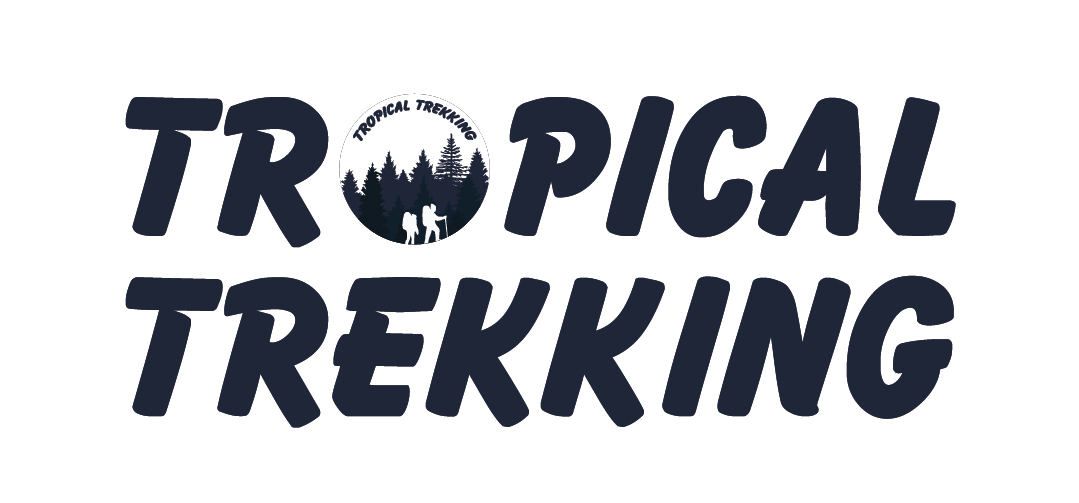HOW TO AVOID A KNEE INJURY WHILE TREKKING
- Do you feel pain in your knees after every trekking tour?
- What is the cause of knee injury when climbing/trekking/hiking?
- Is there any way to avoid knee injury?
Why does the knee hurt while climbing?
Knee injuries can be the most common problem no matter the beginner or the expert.
Knee injuries occur when they are overworked for long periods of time. You can easily feel the weight of your knees when climbing the stairs at home. The problem is more serious when your knee has to overcome steep, rocky terrain, especially when going down steep slopes. In addition, your knees must support the entire weight of your body and the backpack you carry on your shoulders when trekking/hiking. So it's not uncommon for your knees to ache after a ride.

How to avoid a knee injury while climbing/trekking/hiking
Exercises to strengthen the legs
Tropical Trekking shares exercises to help you strengthen your legs. You should practice well before the trip.
Running
Running is an easy exercise that is extremely effective. A month before starting the trip you should spend 30 minutes/day to run and maintain 3-4 times a week. They help increase leg muscle strength and endurance.
Squats
The squat exercise is the most effective exercise to strengthen the hamstrings. The techniques in the exercise directly affect the glutes and thighs, helping to increase muscle mass.

How to avoid a knee injury while climbing/trekking/hiking
Carry weights and walk on your toes
This exercise helps strengthen the leg muscles. You should maintain the exercise for 15 minutes/day.
- Two hands holding two dumbbells
- Raise your heels up, balance your body on your toes
- Keep your back straight, walk forward for 60 seconds
- Stop and continue to repeat the movement
Rules you need to follow to avoid knee injuries
Stretch before and after trekking tours
A proper warm-up is a very important step before starting your trekking/hiking trip. Stretching helps the muscles to be more flexible, reducing the risk of muscle tension, skin tearing. Not only that, stretching after the trip is also very important. They help increase blood flow to the muscles and reduce soreness.
Go downhill the right way
To perform the safe way downhill, you need to pay attention to tighten the shoelaces. It's better if you use ankle support trekking shoes. The most important thing is to not let the knees get tight, instead relax the knee joints. More simply, imagine that there are two springs under your heels, and each step is a flexible jump.
If you have questions about how to choose the right trekking shoes, read here.
Using trekking poles
The trekking pole helps to evenly distribute the weight of the body and the backpack to different parts.. Trekking poles are very effective in improving speed and posture when climbing. They also help a lot in balancing and controlling sudden "falls".

How to avoid a knee injury while climbing/trekking/hiking
Bring only what is absolutely necessary
With the mentality that anything is necessary, people often bring a lot of things during the trekking. A lightweight backpack is a great way to limit knee injuries. They help you go faster and farther, because they take the weight off your legs and knees. Remember, only bring what is absolutely necessary.
Adjusting the center of gravity of the body
To help keep your knees moving, you should shift your body's center of gravity along the slope. That is, when climbing uphill, you should lean forward a little. On the contrary, you should lean back when going downhill. In this way, your body can maintain good balance, minimizing pressure on the knees.
Injury to the knee is something that no trekker wants. Therefore, for the trip to go smoothly, you should do exercises to strengthen your knees, prepare carefully before the trip.
If you have any questions about trekking trips, please contact Tropical Trekking.

